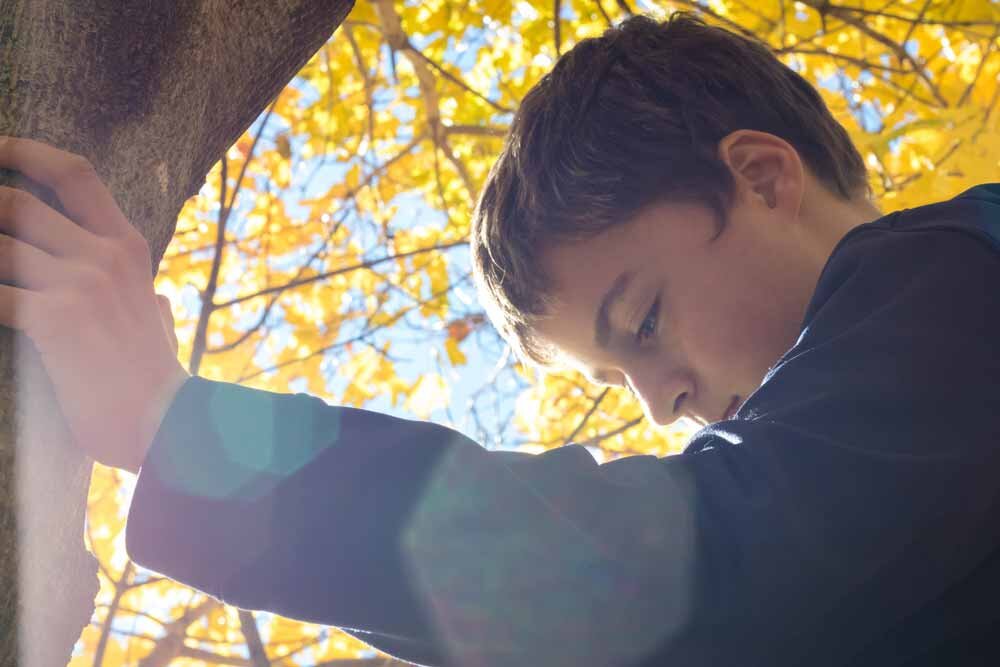Anxiety in children
Is anxiety normal?
She had butterflies in her stomach before the big game. He was tongue-tied when he met his new teacher. She was a bundle of nerves on the first day of school. Occasional worries and nervousness are a normal part of childhood – especially when it comes to new or exciting experiences. Feelings of anxiousness are a typical reaction to daily stressors, however, for some kids worries can get out of control and start to cause problems.
Identifying childhood anxiety
Anxiety in children can be difficult for parents to identify. Young children don’t always have the language skills to talk about what they are experiencing. Older children who do have the language to express their worries may be hesitant to talk about their fears.
Signs of Anxiety in Children
Pessimism and negative thinking patterns, such as imagining the worst
Constant worry about things that might happen or have happened
Over-exaggerating the negatives
Rigidity and inflexibility, self-criticism, guilty thoughts, etc.
Anger
Aggression (verbal and physical)
Restlessness, irritability, tantrums
Opposition and defiance
Crying
Physical complaints such as stomachaches, headaches, fatigue, etc.
Avoidance behaviors, such as avoiding things or places or refusing to do things or go places
Sleeping difficulties, such as difficulty falling or staying asleep, nightmares, or night terrors
Perfectionism
Excessive clinginess and separation anxiety
Procrastination and difficulty with transitions
Poor memory and concentration
Withdrawal from activities and family interactions
Eating disturbances
When to seek treatment for your child’s anxiety
These guidelines can help you determine if seeking professional help for your child’s anxiety may be the right decision:
The anxiety has lasted 3 to 4 weeks from the time it was first identified and has been present for your child most days and/or is getting progressively worse
There have been episodes of high intensity anxiety resulting in meltdowns, tantrums, angry outbursts, etc.
The anxiety is interfering with your child’s ability to handle daily activities like school, family routines, extracurricular activities, etc.
Your child’s anxiety seems extreme when compared to her typical behavior or when compared to other kids your child’s age
Next steps
If you are concerned about your child's mental health or have received a diagnosis for your child that you need support with Edgar Psychological can help.

